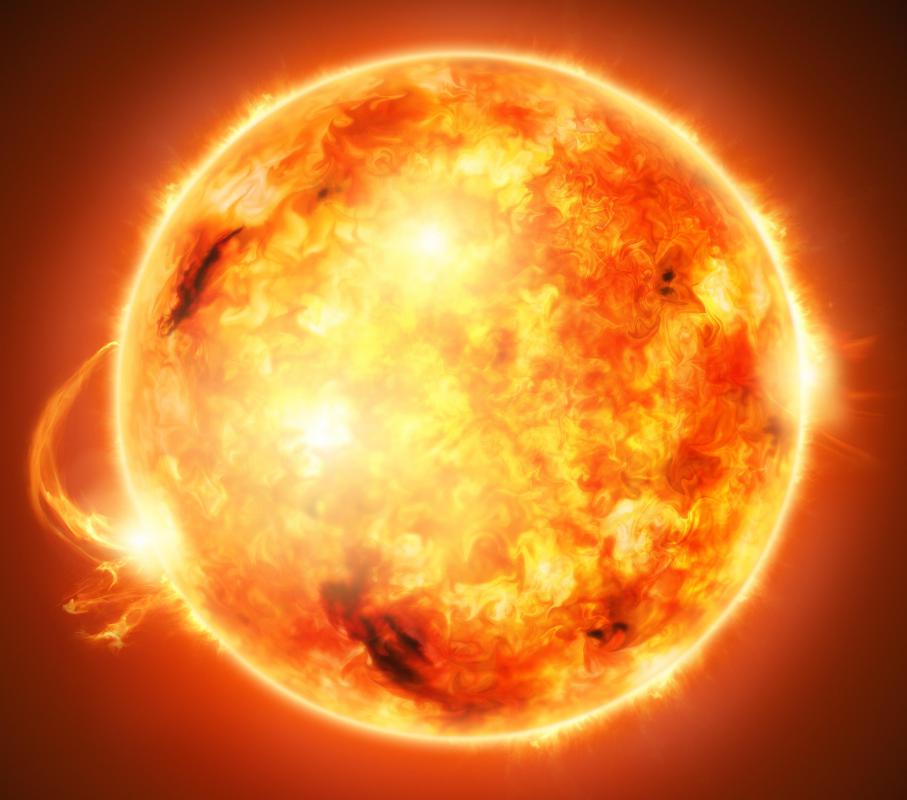At WiseGEEK, we're committed to delivering accurate, trustworthy information. Our expert-authored content is rigorously fact-checked and sourced from credible authorities. Discover how we uphold the highest standards in providing you with reliable knowledge.
What is Radio Propagation?
Radio propagation is the way electromagnetic waves, when in the form of radio frequencies, act when they are being transmitted. This can include the way they move when transmitted on the ground or into different levels of the atmosphere. Radio propagation can be affected by many different atmospheric conditions, so predicting the way the radio waves move can be helpful in a variety of practical ways.
Electromagnetic waves are used in many ways, both naturally occurring and man-made. They occur in nature as the result of certain events, such as lightning, and are the result of signals from objects in space, such as a quasar. These waves are often created artificially to serve as a method for navigation and communications, although they are certainly not limited to that and are used in countless other ways.

Predicting radio propagation is a complex task. In addition to being subject to similar influences such as light refraction and absorption, radio waves also behave differently at different frequencies and in different parts of the atmosphere and troposphere. It is easiest to predict in free space, which is space where there is no matter to interfere with the waves.

The way radio propagation takes place is in direct relation to the frequency and wavelength. For a wave at a very low frequency and a longer wave-length, the radio propagation would take place as an interaction with the surface of the earth. The signal would hug the surface of the earth, and move with its curvature. This type of signal might be used in a submarine or ship.

If a wave were at an extremely high frequency and shorter length, radio propagation would take place as a direct signal, referred to as line-of-sight propagation. This takes place between two objects that have antennas and are visible to each other, such as the way a television antenna picks up a signal from a television station.
Regardless of where radio propagation takes place, there is almost always the possibility of interference. In addition to the atmosphere and troposphere and the elements they contain, there are other natural elements that can cause interference. This includes rain, lightning, and even solar flares. Due to this potential for unreliability, many of the key communications systems, such as emergency transmitters and in-flight aircraft communication, have been moved from on-ground radio transmitters to satellites. This creates a more stable link and one with less probability of interference.
AS FEATURED ON:
AS FEATURED ON:














Discuss this Article
Post your comments